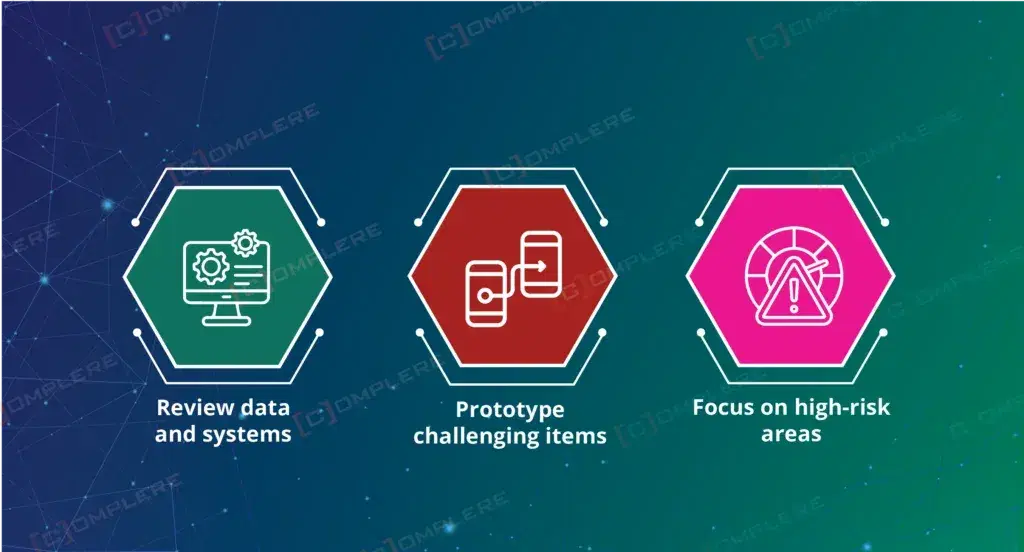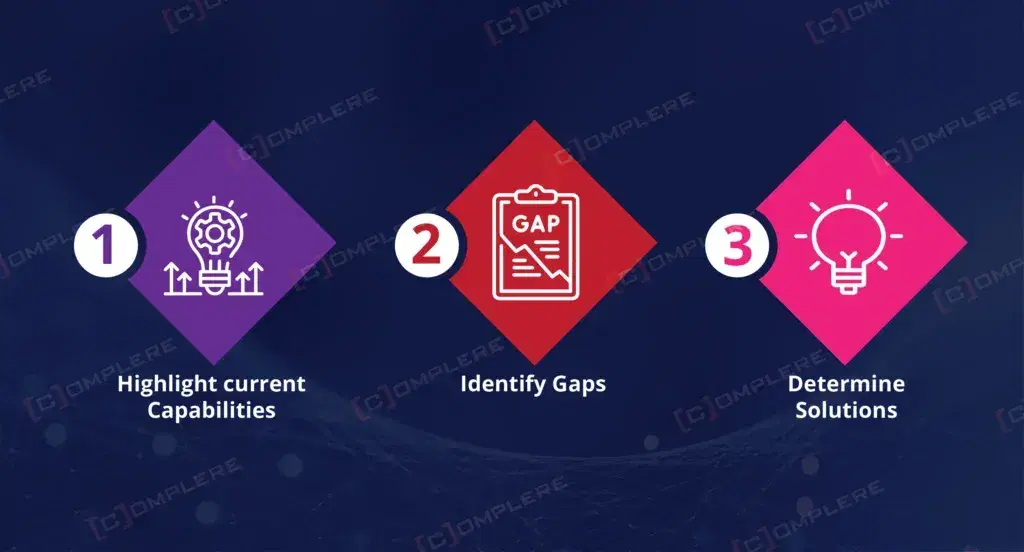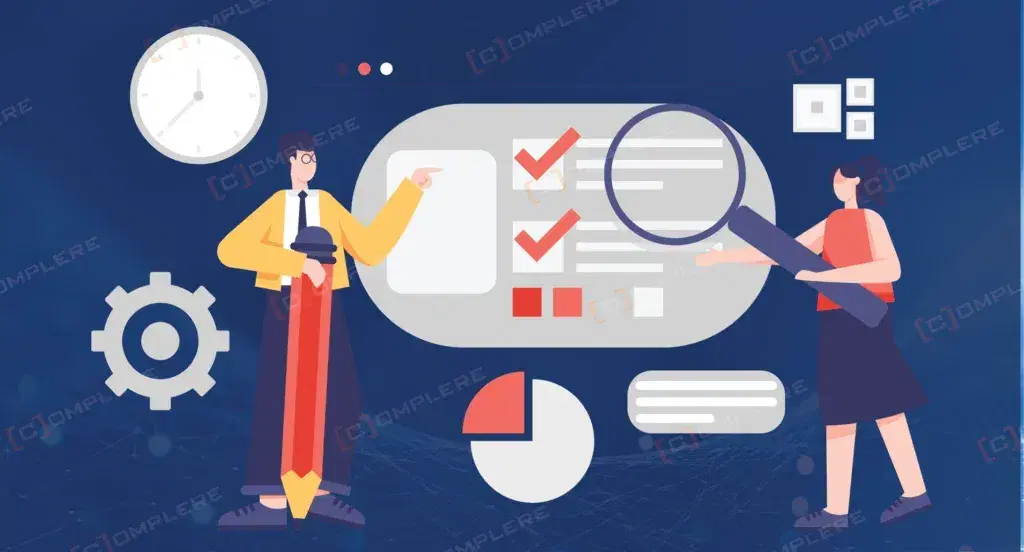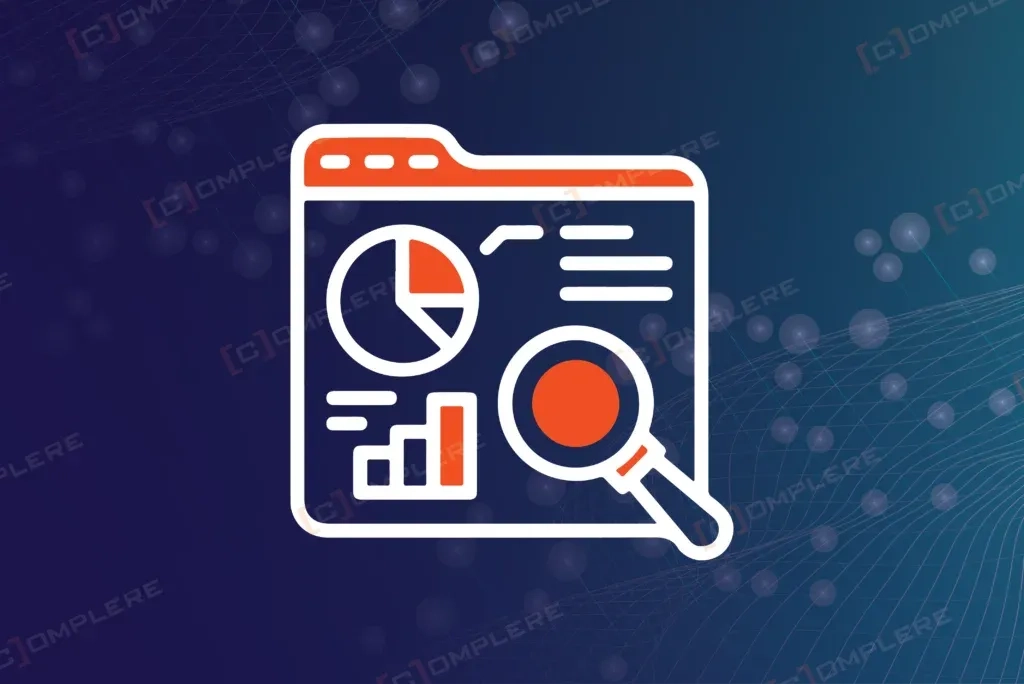Introduction
Step-1 Get Your Team Buy-In
What’s that?
You can do it in following ways:
- Define a detailed RACI diagram: Find who is Responsible, Accountable, Consulted, and Informed for each task.
- Solicit feedback and align expectations: Review the RACI chart with key stakeholders and adjust.
- Create a project timeline: Develop a timeline considering project duration.
- Get stakeholder sign-off: Get all stakeholders agree on the RACI chart and timeline to prevent future interruptions.
Step-2 Assign a Passionate Leader
What’s That?
- Select the right person: Select someone who has strong relationships with the team and understands the business.
- Best executive support: The leader must have backing from all areas of the team, including leadership.
Step-3 Create Proof of Concept (POC)
What’s That?

- Review data and systems: Identify blockers related to data complexity, system functionality, or process rework.
- Prototype challenging items: Start with the most difficult aspects to get issues early.
- Focus on high-risk areas: Prioritize testing components with the highest risk of failure.
Step-4 Collect Detailed Requirements
What’s That?
- Document business and technical requirements: Categorize requirements into business and technical necessities.
- Engagement with key users and stakeholders: Study in detail each category with relevant parties for a clear understanding.
- Facilitate clear communication: Make sure that technical concepts are communicated effectively to non-technical audiences.
Step-5 Perform a Gap Analysis
What’s That?

- Highlight current capabilities: Assess your existing infrastructure’s alignment with your strategy.
- Identify gaps: Compare current capabilities with future requirements to uncover gaps.
- Determine solutions: Prioritize closing these gaps to create a roadmap for future initiatives.
Step-6 Develop a Comprehensive Report
What’s That?
- Summarize findings: Clearly outline the results of your assessment, including gaps and proposed solutions.
- Provide actionable recommendations: Offer detailed steps for addressing gaps and moving forward.
- Share with stakeholders: Distribute the report to relevant parties to ensure alignment and understanding.
Step-7 Review and Validate Findings

What’s That?
- Cross-verify data: Verify that all data used in the assessment is accurate and relevant.
- Consult with experts: Seek feedback from subject matter experts to validate your findings.
- Update plans as required: Adjust your strategies based on feedback and revalidate if necessary.
Step-8 Establish a Follow-Up Plan
What’s That?
- Set up regular reviews: Schedule periodic reviews to assess progress and make necessary adjustments.
- Implement KPIs: Define key performance indicators to measure the success of your data strategy.
- Prepare for iteration: Be ready to iterate on your approach as new data and information to become available.













